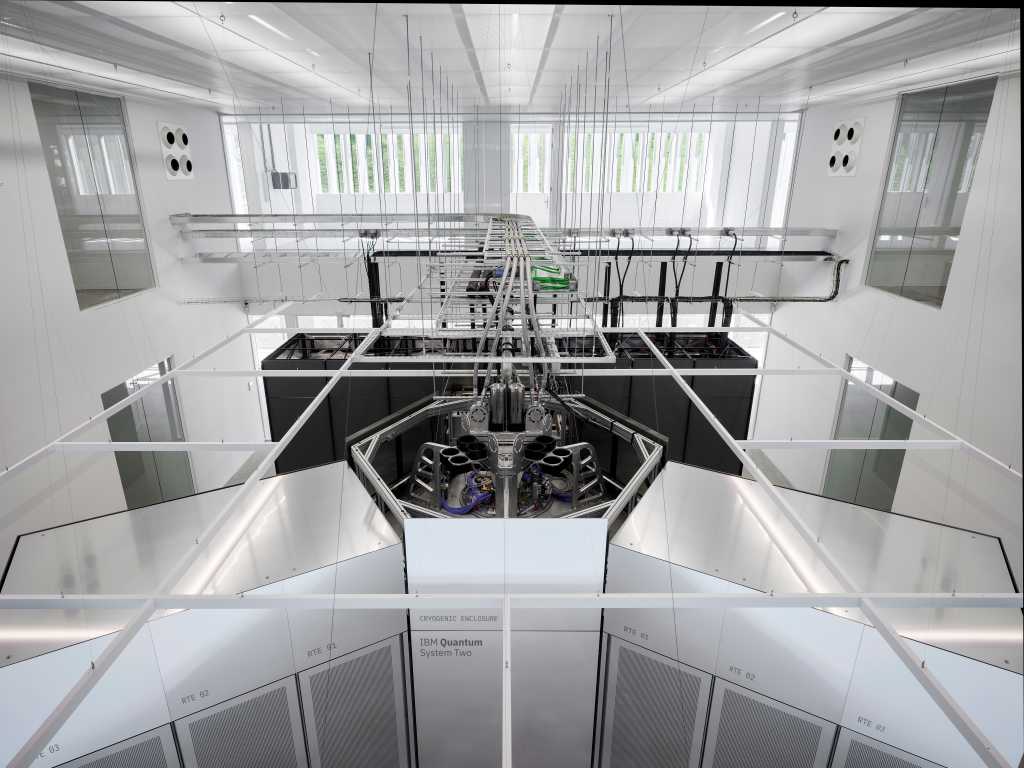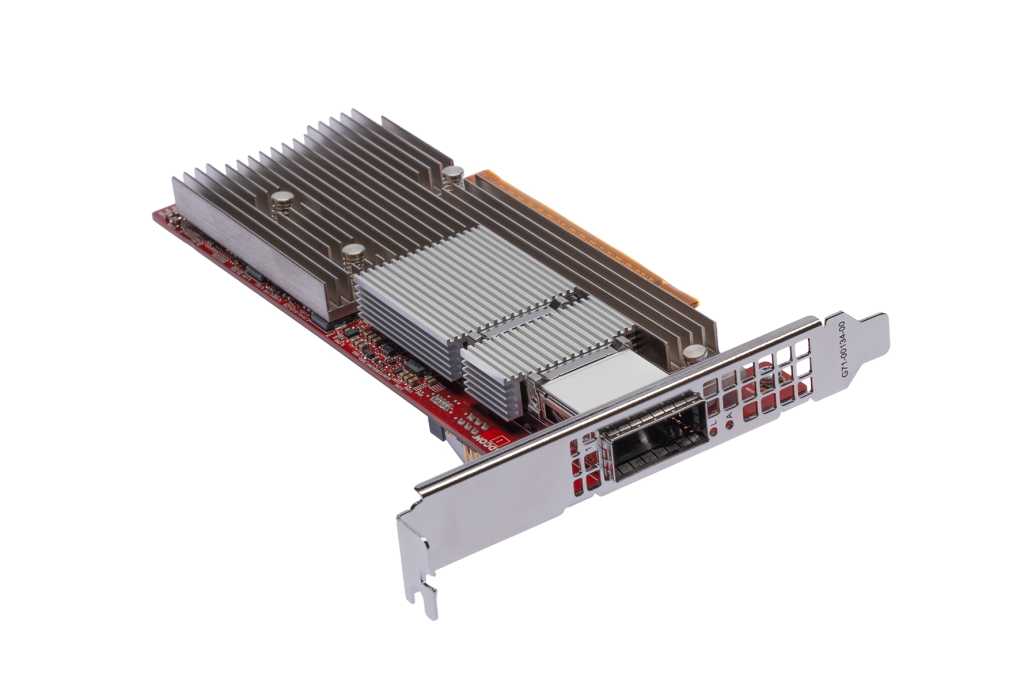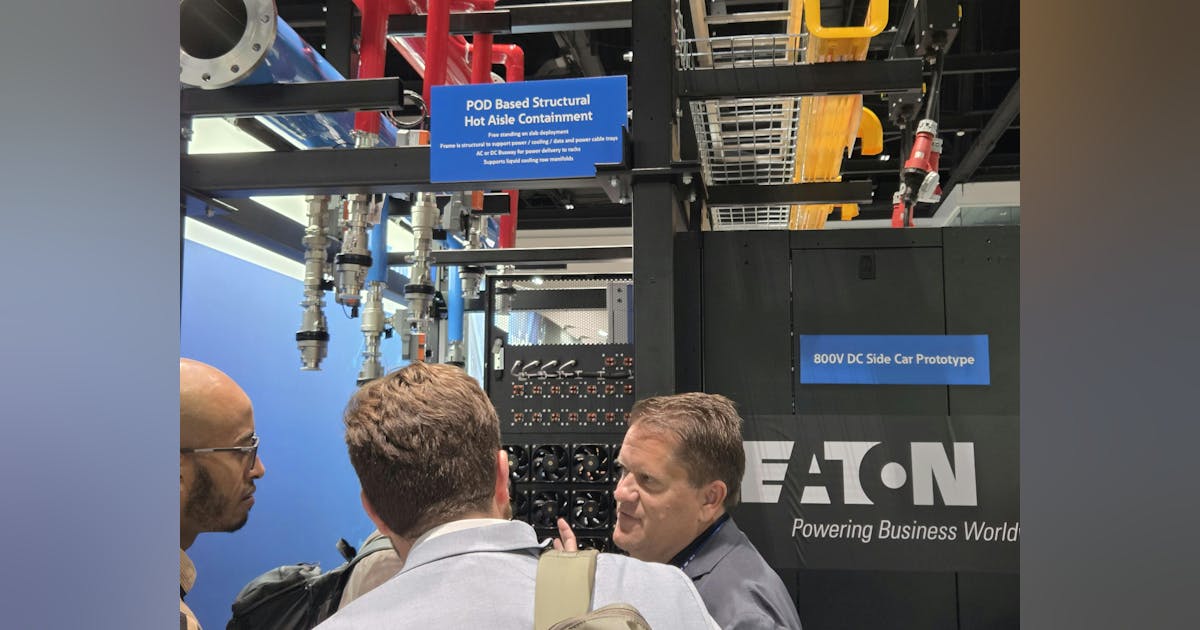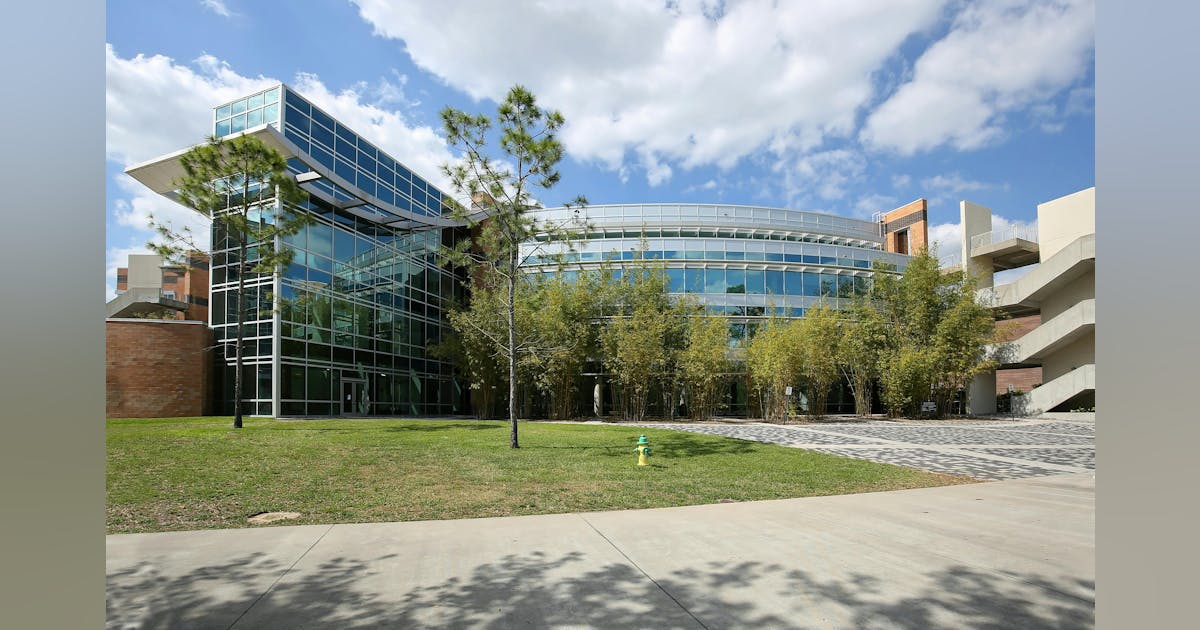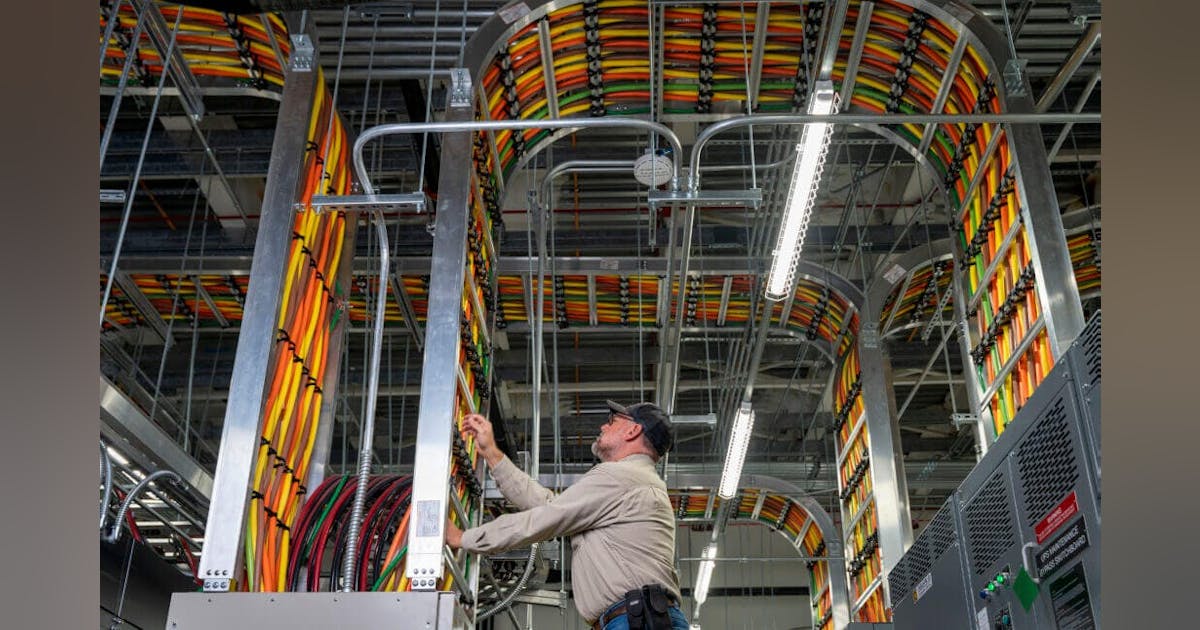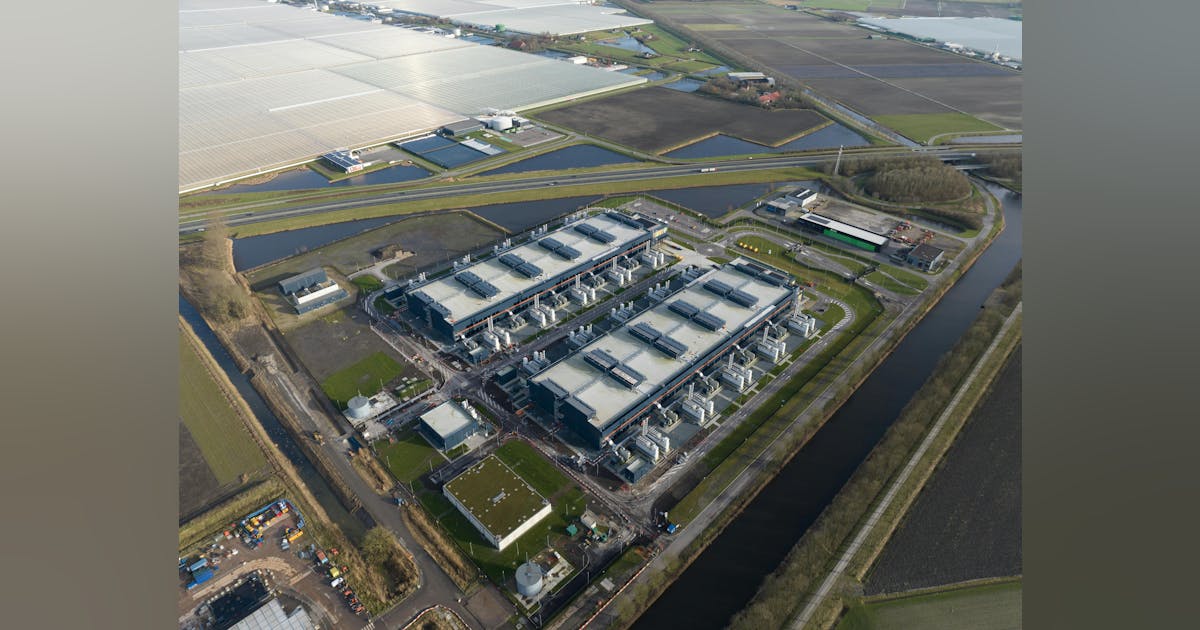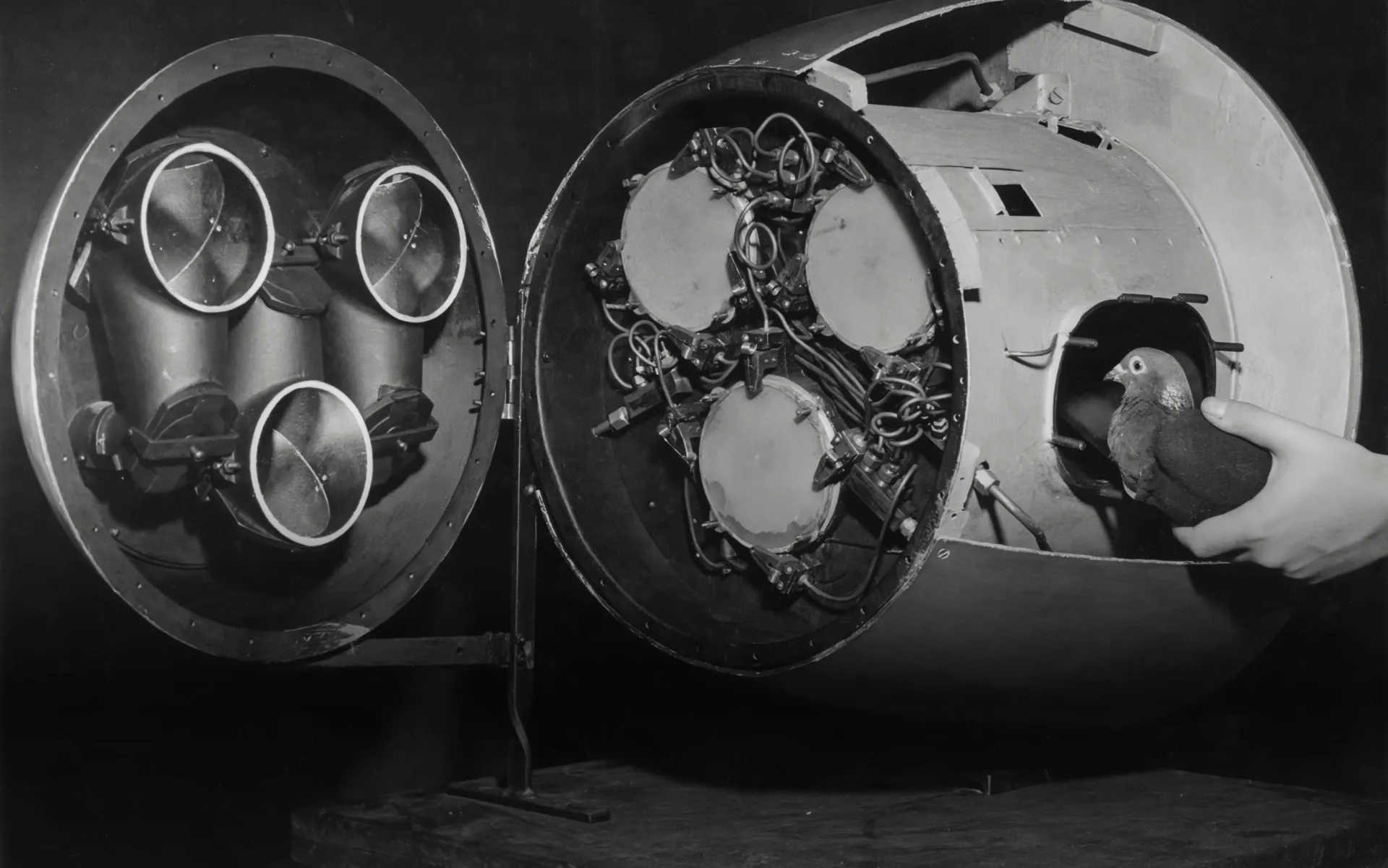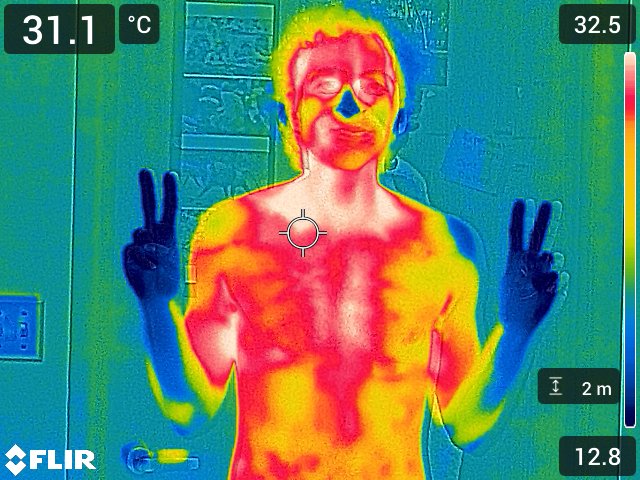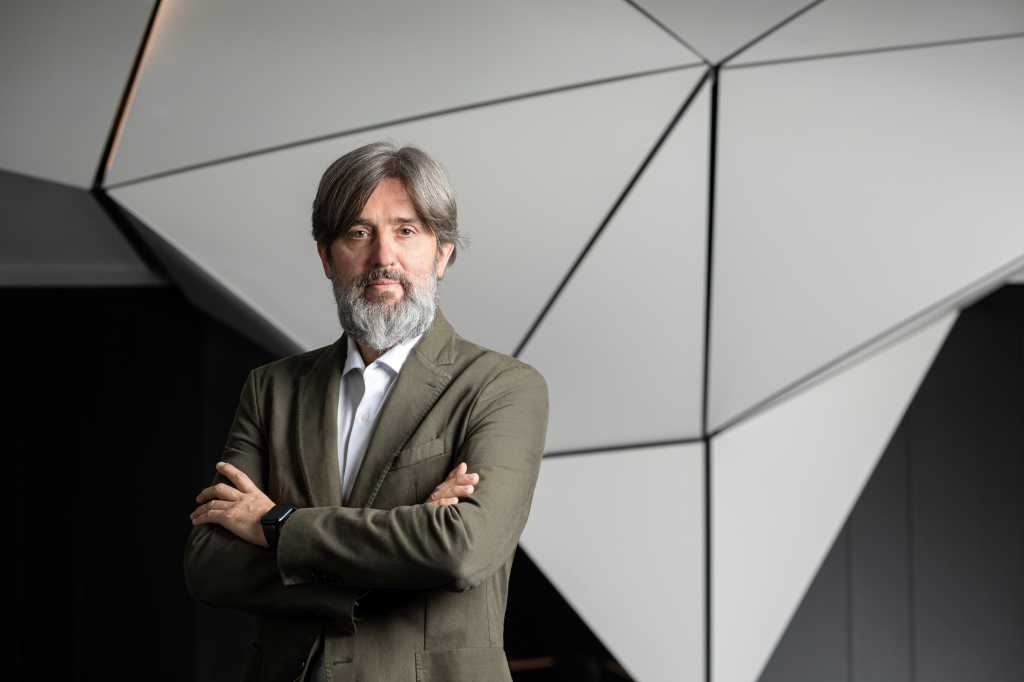
And, one clarification. Back in 2019, when we launched our first quantum computer, with between 5 and 7 qubits, what we could attempt to do with that capacity could be perfectly simulated on an ordinary laptop. After the advances of these years, being able to simulate problems requiring more than 60 or 70 qubits with classical technology is not possible even on the largest classical computer in the world. That’s why what we do on our current computers, with 156 qubits, is run real quantum circuits. They’re not simulated: they run real circuits to help with artificial intelligence problems, optimization of simulation of materials, emergence of models… all that kind of thing.
The Basque Government’s BasQ program includes three types of initiatives or projects. The first are related to the evolution of quantum technology itself: how to continue improving error correction, how to identify components of quantum computers, and how to optimize both these and the performance of these devices. From a more scientific perspective, we are working on how to represent the behavior of materials so that we can improve the resistance of polymers, for example. This is useful in aeronautics to improve aircraft suspension. We are also working on time crystals, which, from a scientific perspective, seek to improve precision, sensor control, and metrology. Finally, a third line relates to the application of this technology in industry; for example, we are exploring how to improve the investment portfolio for the banking sector, how to optimize the energy grid , and how to explore logistics problems.
What were the major challenges in launching the machine you’re inaugurating today? Why did you choose the Basque Country to implement your second Quantum System Two?
Before implementing a facility of this type in a geographic area, we assess whether it makes sense based on four main pillars. First, whether the area has the capacity, technological expertise , talent and workforce, a research and science ecosystem, and, finally, an industrial fabric. I recall that IBM currently has more than 40 quantum innovation centers around the world, and this is one of them, with the difference that this is the first to have a machine in Europe.
When evaluating the Basque Country option, we saw that the Basque Government already had supercomputing facilities, giving them technological experience in managing these types of facilities from a scientific perspective. They also had a scientific policy in place for decades, which, incidentally, had defined quantum physics as one of its major lines of work. They had long-standing talent creation, attraction, and retention policies with universities. And, finally, they had an industrial network with significant expertise in digitalization technologies, artificial intelligence, and industrial processes that require technology. In other words, the Basque Country option met all the requirements.
He said the San Sebastián facility is the same as the one they’ve implemented in Japan. So what does IBM have in Germany?
What we have in Germany is a quantum data center, similar to our cloud data centers , but focused on serving organizations that don’t have a dedicated computer on-site for their ecosystem. But in San Sebastián, as in Kobe (Japan), there’s an IBM System Two machine with a modular architecture and a 156-qubit Heron processor.
Just as we have a quantum data center in Europe to provide remote service, we have another one in the United States, where we also have our quantum laboratory, which is where we are building, in addition to the current system (System Two), the one that we will have ready in 2029, which will be fault-tolerant.


